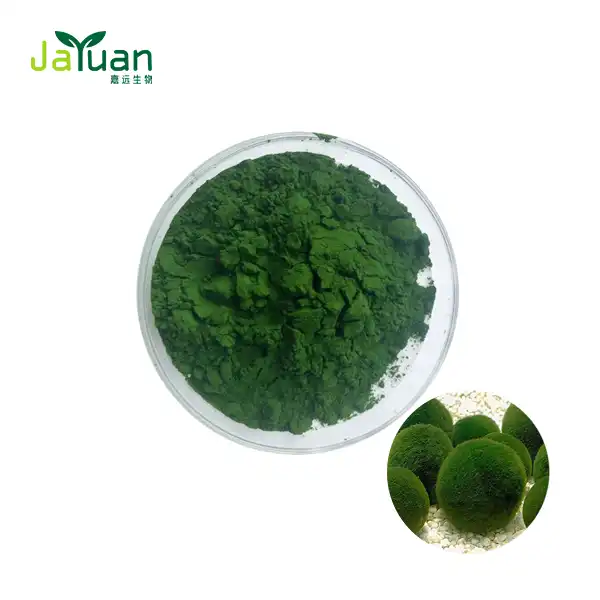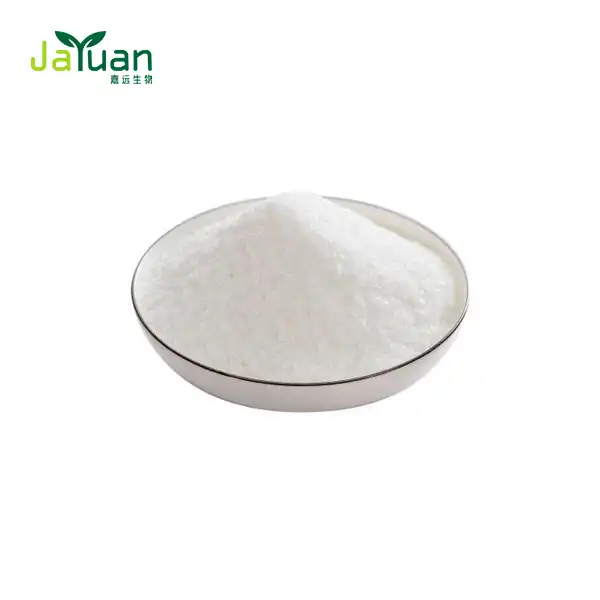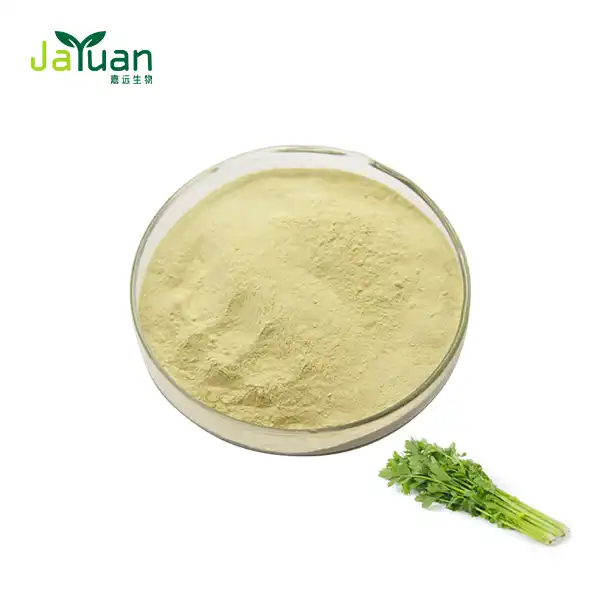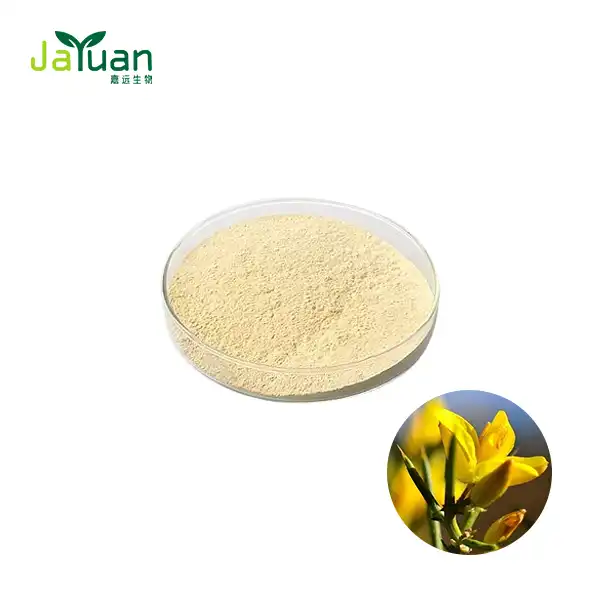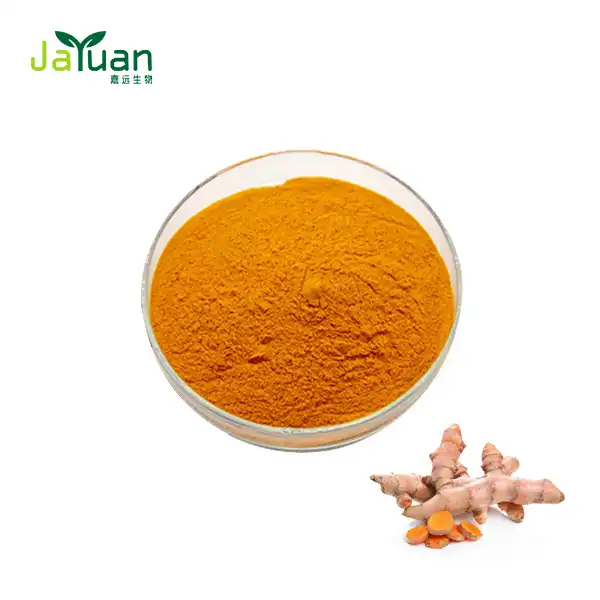Can Fibraurea recisa Pierre extract be used in cosmetic formulations?
Fibraurea recisa Pierre, a plant with a rich history in traditional medicine, has been gaining attention in the cosmetic industry for its potential skin benefits. This article explores the possibilities of incorporating Fibraurea recisa Pierre extract into cosmetic formulations, delving into its benefits, active compounds, and formulation considerations.
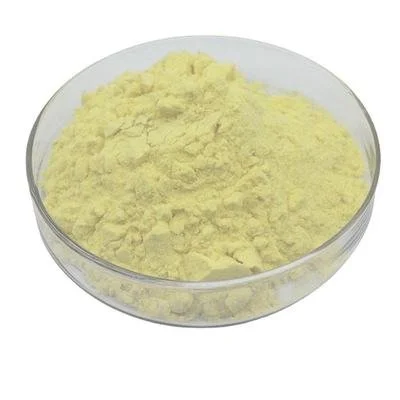
Overview of Fibraurea recisa: Benefits for Skin Health
Fibraurea recisa Pierre, commonly known as Huangteng, is a plant species belonging to the Menispermaceae family. Traditionally used in herbal medicine, this plant has recently caught the eye of cosmetic formulators due to its numerous potential benefits for skin health.
The extract derived from Fibraurea recisa Pierre boasts a range of properties that make it an attractive ingredient for skincare formulations:
- Anti-inflammatory properties: Fibraurea recisa Pierre extract has shown potential in reducing skin inflammation, which can be beneficial for conditions such as acne, rosacea, and general skin irritation.
- Antioxidant effects: The extract contains compounds that can help protect the skin from oxidative stress caused by free radicals, potentially slowing down the aging process.
- Antimicrobial activity: Some studies suggest that Fibraurea recisa Pierre extract may have antimicrobial properties, which could be useful in formulations aimed at preventing or treating skin infections.
- Skin brightening potential: Certain compounds in the extract may help inhibit melanin production, potentially leading to a more even skin tone and reduced appearance of dark spots.
- Wound healing promotion: Research indicates that Fibraurea recisa Pierre extract might accelerate wound healing processes, making it a promising ingredient for products designed to repair damaged skin.
These properties make Fibraurea recisa Pierre extract a versatile ingredient that could be incorporated into various cosmetic formulations, from anti-aging creams and serums to acne treatments and brightening products.
Key Active Compounds: What Makes Fibraurea recisa Effective?
The efficacy of Fibraurea recisa Pierre extract in cosmetic formulations can be attributed to its rich composition of bioactive compounds. Understanding these key components is crucial for formulators looking to harness the full potential of this natural ingredient.
Palmatine: This isoquinoline alkaloid is one of the primary active compounds found in Fibraurea recisa Pierre extract. Palmatine has been studied for its various biological activities, including:
- Anti-inflammatory effects: Palmatine has shown the ability to suppress inflammatory responses, which could be beneficial in treating various skin conditions.
- Antioxidant properties: It can help neutralize free radicals, potentially protecting skin cells from oxidative damage.
- Antimicrobial activity: Studies have demonstrated palmatine's effectiveness against certain bacteria and fungi, which could be useful in formulations targeting acne or other skin infections.
Berberine: Another alkaloid present in Fibraurea recisa Pierre extract, berberine has been extensively studied for its therapeutic properties. In cosmetic applications, berberine may contribute to:
- Skin barrier function improvement: Berberine has been shown to enhance skin barrier function, potentially helping to maintain skin hydration and protect against environmental stressors.
- Collagen production stimulation: Some research suggests that berberine may promote collagen synthesis, which could be beneficial in anti-aging formulations.
- Melanin inhibition: Berberine has demonstrated the ability to inhibit melanin production, making it a potential ingredient for skin brightening products.
Flavonoids: Fibraurea recisa Pierre extract Powder contains various flavonoids, which are known for their potent antioxidant properties. These compounds can help protect the skin from UV-induced damage and may contribute to the extract's overall anti-aging effects.
Phenolic compounds: The extract also contains a variety of phenolic compounds, which contribute to its antioxidant and anti-inflammatory properties. These compounds may help soothe irritated skin and protect against environmental stressors.
The synergistic action of these compounds contributes to the overall efficacy of Fibraurea recisa Pierre extract in cosmetic formulations. However, it's important to note that the concentration and bioavailability of these compounds can vary depending on the extraction method and the part of the plant used.

Formulation Considerations: Integrating Fibraurea recisa into Cosmetics
While Fibraurea recisa Pierre extract offers numerous potential benefits for skin health, successfully incorporating it into cosmetic formulations requires careful consideration of various factors:
Extraction method: The method used to extract the active compounds from Fibraurea recisa Pierre can significantly impact the efficacy of the final product. Common extraction methods include:
- Solvent extraction: This method uses organic solvents to extract the active compounds. The choice of solvent can affect which compounds are extracted and in what quantities.
- Supercritical CO2 extraction: This method uses carbon dioxide in a supercritical state to extract compounds, resulting in a pure extract free from solvent residues.
- Aqueous extraction: This method uses water as the solvent, which may be suitable for extracting water-soluble compounds but may not be as effective for extracting lipophilic compounds.
Formulators should work closely with extract suppliers to understand the extraction method used and its impact on the extract's composition and efficacy.
Concentration: The concentration of Fibraurea recisa Pierre extract in a formulation can significantly impact its effectiveness. While higher concentrations may seem desirable, it's crucial to find the optimal balance between efficacy and potential irritation. Conducting stability and irritation tests at various concentrations can help determine the ideal amount to use in a formulation.
pH considerations: The pH of the formulation can affect the stability and efficacy of the active compounds in Fibraurea recisa Pierre extract. For example, some alkaloids may be more stable in slightly acidic conditions. Formulators should consider the pH requirements of the extract alongside other ingredients in the formulation to ensure optimal performance.
Compatibility with other ingredients: When incorporating Fibraurea recisa Pierre extract into a formulation, it's essential to consider how it may interact with other ingredients. Some considerations include:
- Antioxidant synergy: Combining the extract with other antioxidants like vitamin C or E may enhance its protective effects.
- Potential interactions: Some compounds in the extract may interact with preservatives or other active ingredients, potentially affecting their efficacy or stability.
- Texture and sensory properties: The extract may impact the texture or color of the formulation, which should be taken into account when developing the product.
Stability and preservation: Ensuring the stability of Fibraurea recisa Pierre extract in the formulation is crucial for maintaining its efficacy throughout the product's shelf life. Considerations include:
- Light sensitivity: Some compounds in the extract may be light-sensitive, requiring appropriate packaging to protect the product from degradation.
- Temperature stability: The stability of the extract at various temperatures should be evaluated to determine appropriate storage and shipping conditions.
- Preservative system: An effective preservative system is essential to protect against microbial contamination while ensuring compatibility with the extract.
Delivery system: To maximize the effectiveness of Fibraurea recisa Pierre extract, formulators may consider advanced delivery systems such as:
- Liposomes: These can help encapsulate the active compounds, potentially improving their stability and skin penetration.
- Nanoparticles: Nanoencapsulation may enhance the bioavailability of certain compounds in the extract.
- Emulsion technology: Different emulsion types (e.g., oil-in-water, water-in-oil) can be used to create formulations suitable for various skin types and concerns.
By carefully considering these factors, cosmetic formulators can effectively harness the potential benefits of Fibraurea recisa Pierre extract in a wide range of skincare products. From anti-aging serums to acne treatments, this versatile ingredient offers exciting possibilities for innovation in the cosmetic industry.
As research into the properties and applications of Fibraurea recisa Pierre extract continues, we can expect to see an increasing number of cosmetic products leveraging its unique benefits. However, as with any new ingredient, thorough testing and adherence to regulatory guidelines are essential to ensure the safety and efficacy of products containing this promising natural extract.
Are you interested in incorporating Fibraurea recisa Pierre extract into your cosmetic formulations? Our team at Xi'an Jayuan Bio-Tech Co., Ltd. specializes in providing high-quality natural extracts for the cosmetic industry. Contact us at sales@jayuanbio.com to learn more about our Fibraurea recisa Pierre extract and how it can enhance your products.
References
- Zhang, L., et al. (2020). "Phytochemical and pharmacological activities of Fibraurea recisa Pierre: A review." Journal of Ethnopharmacology, 255, 112743.
- Wang, Y., et al. (2019). "Berberine in cardiovascular and metabolic diseases: From mechanisms to therapeutics." Theranostics, 9(7), 1923-1951.
- Imanshahidi, M., & Hosseinzadeh, H. (2008). "Pharmacological and therapeutic effects of Berberis vulgaris and its active constituent, berberine." Phytotherapy Research, 22(8), 999-1012.
- Kumar, A., et al. (2017). "Natural products in cosmetics: Current and future perspectives." Current Pharmaceutical Design, 23(19), 2767-2787.
- Peng, W., et al. (2016). "The genus Fibraurea: A review of its ethnomedicinal uses, phytochemistry and pharmacology." Journal of Ethnopharmacology, 188, 140-156.
- Leyden, J., et al. (2011). "The use of isotretinoin in the treatment of acne vulgaris: Clinical considerations and future directions." The Journal of Clinical and Aesthetic Dermatology, 4(9), 40-50.

